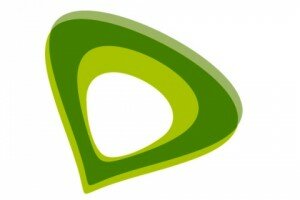Image: geek.com
In the sustainability report the company says it has also introduced Managed Rural coverage, which bundles a managed service with economical solar powered 2G, 3G and LTE mini site solution including satellite transmission targeting people in regions lacking voice and data communication.
“Our approach to energy efficiency is about finding core portfolio offerings that can scale. One of the challenges that operators face is how to build out 3G coverage expansions in a cost-effective and efficient manner,” the report said.
According to the last mobility report by Ericsson only 15 per cent of the world’s population will not have 3G coverage by 2017, hence a growing need for cost effective and energy efficient systems.
New energy saving solutions include Eco Mode, enabling 40 per cent power consumption reduction for microwave consumption and providing power consumption reduction even with maximum output power in the radio interface.
Other details in the sustainability report include the Corporate Social Responsibility programme. Ericsson says in 2012, under the its Technology for Good projects, it managed to reach 33 schools from South America to Africa in its ‘Connect to learn’ programme.
The company says it has registered 185,000 refugees on the Refugees United mobile platform, which seeks to reconnect missing persons with their families.
Ericsson is also the technology partner in the PeaceEarth foundation, which has already launched its Youth PeaceMaker Network in Uganda and South Sudan. As part of the initiative Ericsson is to deliver internet access through mobile broadband, computers and ICT training to 60 youth in troubled areas of Uganda such as Hope North and Juba in South Sudan.









































